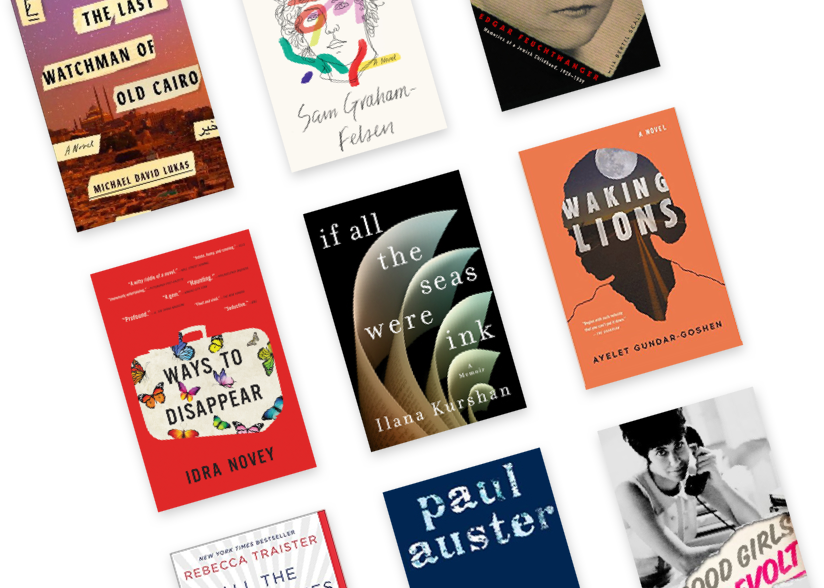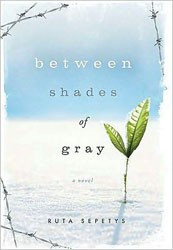Ruta Sepetys and Steve Sheinkin’s novel for middle-grade to young adult readers is suspenseful and historically accurate. Set in England in 1940 among characters related to the top-secret Bletchley Park cryptography center, it illuminates the intense efforts to break the German Enigma code.
At the same time, siblings Lizzie and Jakob Novis are dedicated to unraveling the mystery of their personal loss. World War II has caused the disappearance of their mother, who apparently undertook a diplomatic mission in Poland right before the Nazi invasion of that country. Now the siblings are sometimes at odds with one another. While Jakob accepts their mother’s death as a fact, Lizzie refuses to overlook other possibilities for her fate.
Sister and brother are outsiders in British society. Their maternal grandmother is American, and their late father was Jewish. America has not yet entered the war, and Gran is safe, living in “a posh place called Cleveland.” She wants her fourteen-year-old granddaughter to join her. Jakob is a young adult who has inherited his father’s analytical skills, and follows the career of his American hero, Jewish ball player Hank Greenberg. Lizzie is bold and persistent; Jakob is reserved and focused on the details of his urgent work at Bletchley Park. The affection between brother and sister, and the conflicts that divide them, drive the narrative as much as Britain’s race against time to break the Germans’ code.
A cast of secondary characters provides a backdrop to the story. Rather than depicting the British as mere stereotypes of heroic resistance, they offer a complex range of personalities and motivations. Some are historical figures: Alan Turing and Joseph Kennedy make appearances. Turing’s legendary genius is implicit, and his humanity emerges in quiet conversations with Jakob. His quirky choice to bury silver ingots in the woods near Bletchley is integrated into the plot. Kennedy, then ambassador to the UK, was pressured to resign by Franklin Roosevelt because of his unabashed German appeasement. Kennedy’s cameo role in the novel highlights his untrustworthy personality.
There are several key female characters who, while fictional, are based on the documented reality of female representation in the code-breaking establishment. (In their afterword, the authors explain the novel’s historical background.) Others who interact with Lizzie and Jakob grant a cinematic breadth to the story, acting as both supporters and foils. Colin, whose family owns the humorously-named Shoulder of Mutton Inn, is Jakob’s understanding friend and Lizzie’s potential romantic interest. Marion Hoffman, a Jewish refugee from Vienna, also works at Bletchley. She develops a bond with Lizzie and adds some surprising elements to the adventure. Creative uses of font to simulate documents, and full pages of historical photographs are interspersed throughout, adding to the sense of immersion in the World War II era.
There are many riddles to decipher at Bletchley. Lizzie and Jakob are called upon to use both intellectual and emotional resources to resolve them, and readers of this inventive, highly recommended novel will feel fully immersed in the siblings’ experiences.
Emily Schneider writes about literature, feminism, and culture for Tablet, The Forward, The Horn Book, and other publications, and writes about children’s books on her blog. She has a Ph.D. in Romance Languages and Literatures.





